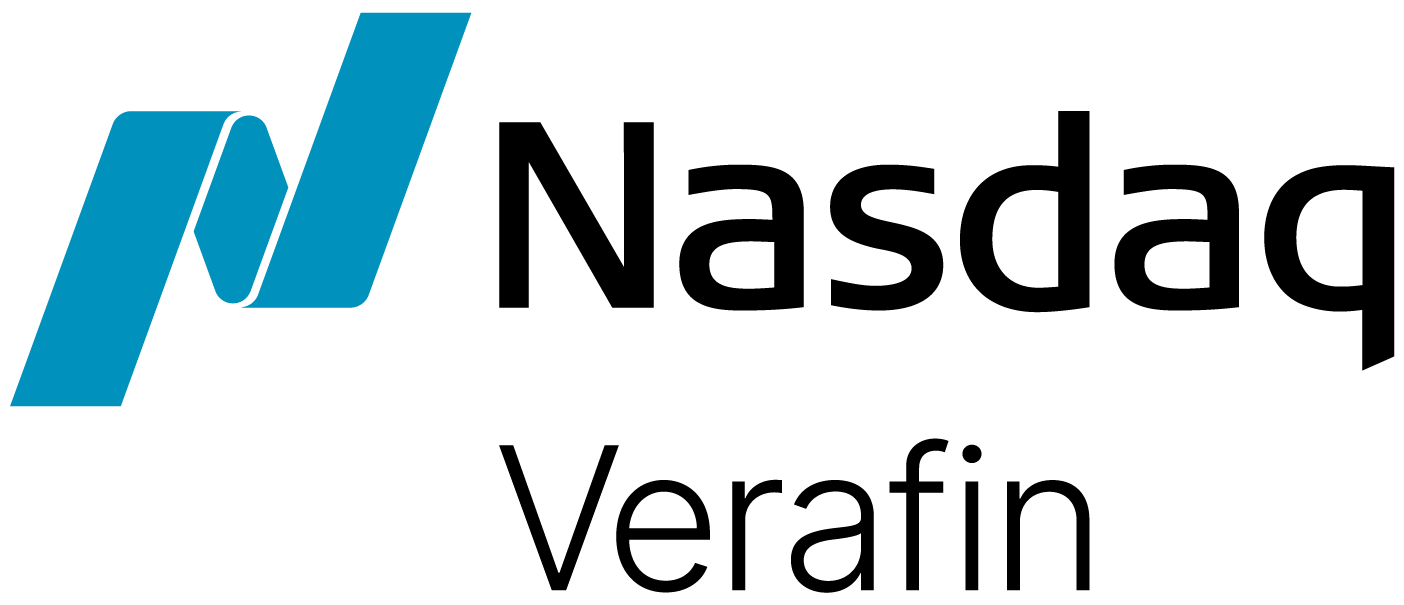The financial industry is struggling to solve check fraud using an incomplete picture of risk. New reports from regulatory bodies and economic leaders continue to highlight the significant impact of this legacy fraud channel. As criminal activity migrates to more complex typologies, such as stolen endorsed checks, your approach needs a more holistic view that brings together the known elements of your customer, with the unknown risk, the payee, on the deposit side.
Industry Insights – Check Fraud Alerts
Federal and financial sector leaders are sounding the alarm as check fraud continues to increase, despite the steady decline of check use.
- Nasdaq’s Global Financial Crime Report identified $26.6 billion in global check fraud losses in 2023, with 80% of that figure occurring in the Americas.
- The Department of Treasury’s 2024 National Money Laundering Risk Assessment placed a special focus on check fraud within the U.S., specifically calling out the threat of mail theft-related check fraud.
- FinCEN’s recent Financial Trend Analysis identified 15,417 BSA reports that cited mail theft-related check fraud. These figures were linked to more than $688 million in suspicious activity during a six-month reporting period in 2023.
Focusing on Stolen Checks
Check fraud brings with it diverse sets of problems. Fraud on other payment channels, such as wire or ACH, typically depends on manipulating a customer, whereas check fraud occurs to the monetary instrument itself.
Stolen checks in particular leave financial institutions vulnerable. A stolen check is a legitimate monetary item. In-clearing institutions are less likely to flag this typology of check fraud using traditional approaches that rely on MICR or image analysis. The risk lies on the depository side of the transaction.
Without insights into the payee, in-clearing institutions will likely not question if their customer wrote the check, was anything altered on the check, or did the intended payee deposit the check. The ability to remain anonymous from the in-clearing side further emboldens fraudsters, giving them the time, space and opportunity to replay these scams again and again.
Risk Across the Lifecycle of a Check
Nasdaq Verafin provides financial institutions with an enhanced in-clearing check process, combining known customer information and behaviors with deposit-side risk. We offer a complete check fraud solution with fewer false positives and superior detection, even for the most challenging typologies.
Using consortium counterparty data and machine learning analytics, our approach brings together a complete picture of fraud risk throughout the lifecycle of a check, uncovering fraud faster, disincentivizing criminal networks. and preventing future crimes.
For a deeper discussion on this topic, watch our on-demand webinar hosted by Nasdaq Verafin product experts – Check Fraud: A New Approach to a Persistent Problem.
About the Author:
COLIN PARSONS
Associate Vice President — Head of Fraud Product Strategy at Nasdaq Verafin
Colin Parsons spearheads the strategic development of technology solutions to combat fraud at Nasdaq Verafin. Throughout his time with the company, Colin has worked as a development team lead, software developer and in product marketing. Applying the knowledge gained through his roles and experiences, Colin is focused on using technology to solve the hard problems that are persistent within the fraud space.



